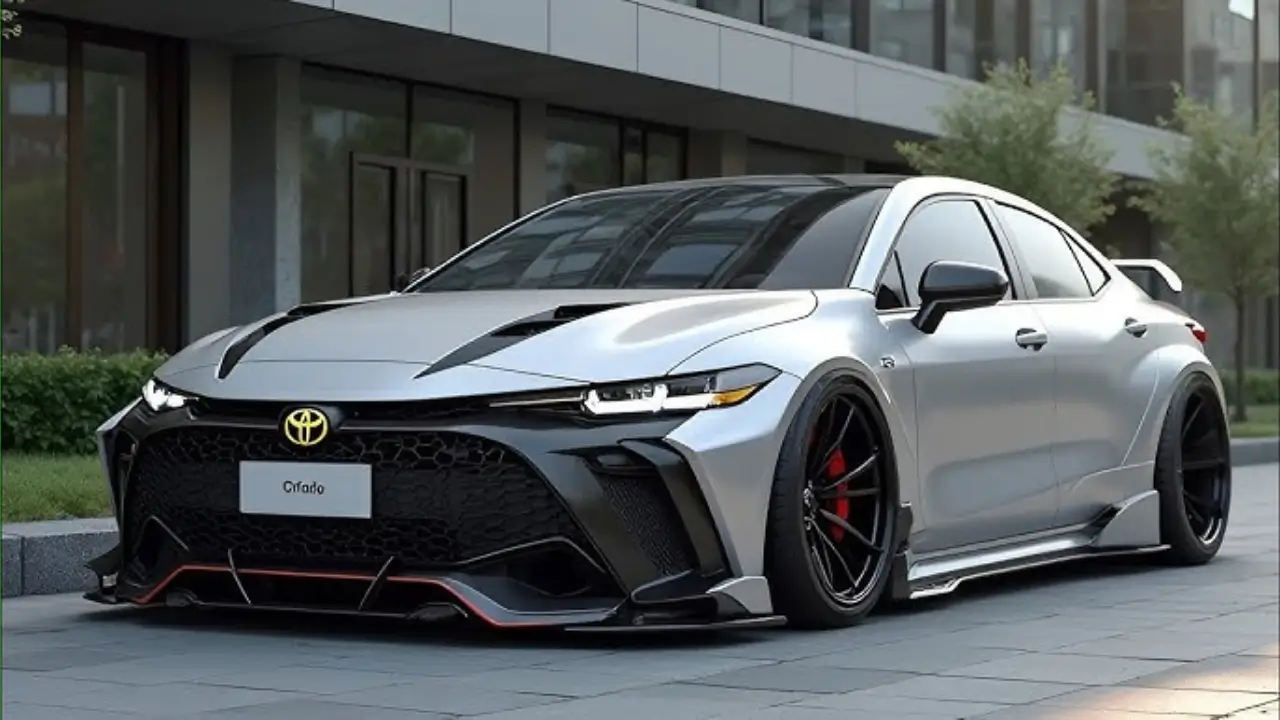Toyota Corolla 2026 Performance Breakdown – Power, Efficiency & Handling
The Toyota Corolla 2026 Performance introduces a thoughtful combination of reliability, efficiency, and driving enjoyment. As one of the most recognizable compact cars globally, the Corolla continues to refine its formula, offering engines and handling improvements that make daily driving both practical and engaging. With its updated powertrains and responsive suspension, this latest model maintains the Corolla’s reputation for consistency while addressing modern drivers’ expectations for performance and fuel economy.
Designed to appeal to both commuters and casual enthusiasts, the 2026 Corolla prioritizes a smooth driving experience while delivering dependable power. Its dual-engine strategy—offering both a conventional gasoline unit and a hybrid option—ensures drivers can select a model that matches their driving style, whether that’s energetic acceleration or maximum efficiency.
 Also read
Also read
Engine Performance and Power Output
The 2026 Corolla features two key engine choices. The standard 2.0-liter gasoline engine produces approximately 170 horsepower, providing reliable acceleration and everyday usability. For those seeking higher fuel efficiency, the hybrid version combines a 1.8-liter gasoline engine with an electric motor, delivering roughly 140 horsepower in total. This setup allows for a quieter, smoother drive without sacrificing practicality.
Both options are designed for a balanced driving experience, with the gasoline engine delivering a livelier feel and the hybrid focusing on comfort and efficiency.
 Also read
Also read
Acceleration and Driving Dynamics
When assessing Toyota Corolla 2026 Performance, acceleration and handling are notable strengths. The gasoline engine reaches 0–60 mph in about 8 seconds, while the hybrid takes around 10 seconds, offering smooth torque for city and highway driving. Continuously variable transmissions (CVT) ensure a seamless power delivery, optimizing efficiency without compromising drivability. The overall handling provides predictable, composed responses, making the Corolla suitable for urban streets and long trips alike.
Fuel Efficiency Comparison
Efficiency is a core element of the Toyota Corolla Performance lineup.
| Powertrain Type | City / Highway MPG | Combined MPG |
|---|---|---|
| 2.0‑liter Gasoline | 30 / 40 | 34 |
| 1.8‑liter Hybrid (FWD) | 52 / 46 | 49 |
| Hybrid with AWD Option | 50 / 44 | 47 |
The hybrid options deliver exceptional fuel economy, particularly in stop-and-go urban driving, reducing running costs while maintaining a comfortable ride.
 Also read
Also read
Handling and Suspension
The Corolla’s suspension and steering systems have been tuned for both comfort and control. Front and rear suspension setups absorb road imperfections efficiently, while steering remains light at low speeds and firm at higher speeds. Sport-oriented trims offer slightly tighter handling for drivers seeking a more engaging drive, enhancing overall confidence without compromising comfort.
Braking and Safety Features
Braking is precise and predictable, supported by modern stability and traction controls. The electric power-assisted steering works in harmony with the brakes, providing consistent stopping power and controlled handling. These features contribute to a secure driving experience, which is a key part of the Corolla’s appeal.
Choosing the Right Variant
Drivers focused on maximum fuel efficiency should opt for the hybrid FWD model, while those prioritizing more responsive acceleration may prefer the gasoline engine. AWD hybrid versions offer extra traction for variable conditions, ideal for areas with unpredictable weather.
 Also read
Also read
Conclusion
The Toyota Corolla 2026 Performance represents a thoughtful evolution of a classic compact car. It balances reliable power, fuel efficiency, and composed handling into a practical package. Whether choosing the gasoline engine for spirited driving or the hybrid for superior economy, the Corolla delivers a confident, enjoyable experience. This model continues to uphold Toyota’s reputation for long-lasting reliability while meeting modern drivers’ expectations for performance and efficiency.
 Also read
Also read







